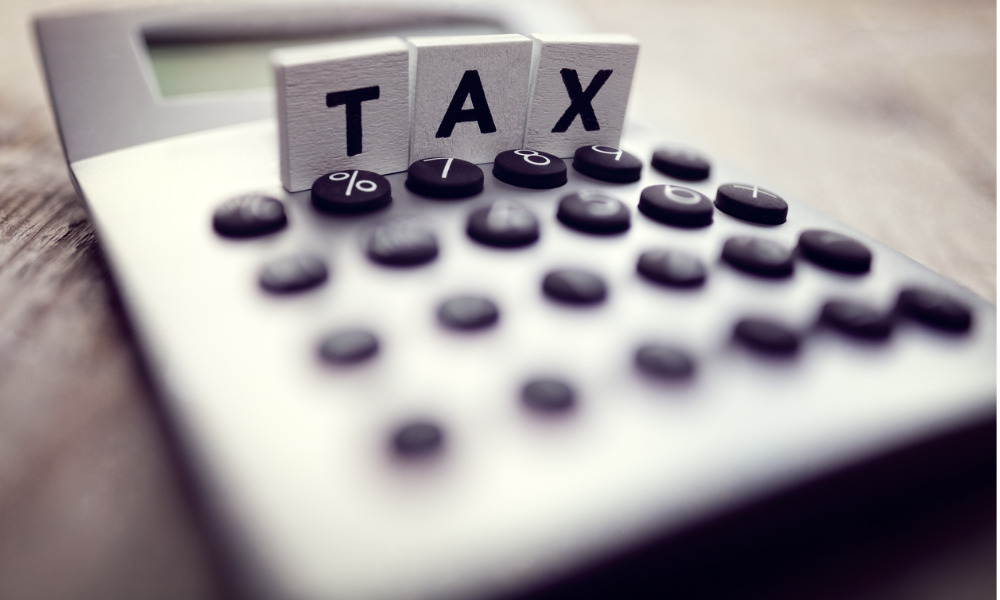Expert gives WP the rundown on wage subsidy and how to ensure you get your EI refund

With the onset of COVID-19 and subsequent programmes designed to help small businesses and workers, tax season immediately got busier.
WP, therefore, has teamed up with H&R Block to address some of the main subsidies in a bid to offer some clarity and reference before tax-return deadlines.
In part one, Lisa Gittens, senior tax professional, addressed the Canada Emergency Wage Subsidy, or CEWS as it’s better known, and EI refunds. We will tackle CEBA loans, rent relief and work-from-home expenses in subsequent articles.
What is CEWS?
The CRA describe it as: “A Canadian employer who has seen a drop in revenue due to the COVID-19 pandemic, you may be eligible for a subsidy to cover part of your employee wages, retroactive to March 15. This subsidy will enable you to re-hire workers, help prevent further job losses, and ease your business back into normal operations.”
Gittens told WP it was designed to be paid out specifically to employers who wanted to keep their employees on payroll. It looked at businesses that had suffered a significant revenue drop compared to 2019’s return, with the CRA then able to look at income, revenue and staff levels. The required reduction levels change depending on the period you are applying for. See CRA website for details.
She added: “If revenue dropped, and you're trying to keep your employees working, you could apply for this wage subsidy. Maybe you had even let some people go and this would allow you then to rehire them, specifically using this government-assisted fund.”
Many businesses would have applied for this subsidy through their CRA business or payroll account or, alternatively, via forms they mailed in. Importantly, this subsidy is taxable to employers.
For example, if revenue was $5,000 and the business also received $10,000 through CEWS in 2020, its income was $15,000. However, the business owner should not be paying tax on the subsidy because expenses – including payroll expenses – should match the subsidy they received.
Gittens said that her role is at the end of this process but that business owners will have been getting information regarding forms and deadlines directly from CRA. She added: “What I’m stressing here is the wage subsidy is taxable income. If you have a small business, you are reporting your revenue that you earned from business operations and you will also be reporting the government support that you received on your business return.”
What about EI refunds?
Whether you’re a small business that got the wage subsidy, or whether you're just a regular business, the CRA has indicated that they will be refunding a portion of the employer part of EI contributions. Businesses have been given a credit on their payroll account, Gittens explained.
“If at the end of the year, that credit exceeds what they should have paid, then they will receive that refund directly from Revenue Canada. But again, they will have to file their 2020 tax returns.
“There is no way for them to say, ‘Okay, I'm at the end of the year and I paid out these EI contributions for my employees, I want that money back directly’. It doesn't work that way. They have to submit their return. If there is a substantial credit on their payroll account, then Revenue Canada refunds through that process, just like they would have done with their GST return.”



